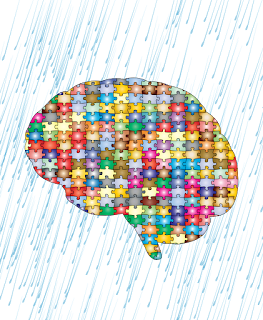Too Wet to Cook. The Learning Continues!
Whakataukī: I ōrea te tuatara ka puta ki waho.
Solve problems by continuing to try solutions.
It's the Northern Hemisphere's Solar Cooking Awareness Week. Greetings to all of my solar cooking friends who live north of the Equator! Meanwhile, I have had about three sunny days in the last six weeks. It's our Southern Hemisphere winter, and as the climate changes, local winters are getting wetter. Needless to say, I haven't done a lot of solar cooking lately. However, I am still applying the same kind of thinking. Here's how:
There's a kind of solar cooker called a box cooker. It's a bit like a house. It's hottest inside when its window is double-glazed and catches a lot of sun, when it has good insulation, and when thought is put into where dark colours can convert light into heat. I have decided to treat my house as a giant box cooker. While I cannot get outside, I am working away on keeping my house as warm as it can be during the winter months.
- A box cooker is turned throughout the day to face the sun. My rhythm of curtain opening and closing now mirrors this process. Curtains facing east are opened first, while curtains facing west are opened after the chill has lifted on that side of the house.
- A box cooker needs a black pot, and may also contain other black surfaces, because dark colours convert light into heat. I am placing more dark surfaces in places where the sun falls on them, such as a black throw rug over a bed near a large window.
- A box cooker works best when it is well-insulated, and over the last couple of years, I have added extra insulation below the floor, above the ceiling, and in the form of extra curtain linings.
- A box cooker's windows store more heat if double-glazed. If plastic is used, polycarbonate makes the best heat trap. I have added a polycarbonate secondary glazing to the coldest windows in the house, and plan to add more.
- A box cooker is hottest when it catches a lot of light. One way to achieve this is with big, shiny reflectors. I'm not sure the neighbours would thank me if I attached giant mirrors to the house, but I have put a glass coffee table on the deck. I don't think it heats the house up much, but it reflects a surprising amount of sunlight through the windows. This means I don't need indoor lighting on during the day, whereas I previously did during winter. I am also planning my winter pruning with letting more sunlight into the house in mind, but that's another job that needs a break in the rain!
I did the insulation first, and I was disappointed. However, as you improve each aspect of your home's ability to absorb light and retain heat, it's like plugging all the holes in a sieve. You've got to deal with most of the problems before your progress is obvious, but every step you take is an important part of the final solution. I am now using a fraction of the heating I normally would, and with better results. Visitors who have been here in previous winters comment on the difference. So start solar cooking! It's the beginning of a skillset you can use even when it's too wet to cook with the sun.



Comments
Post a Comment